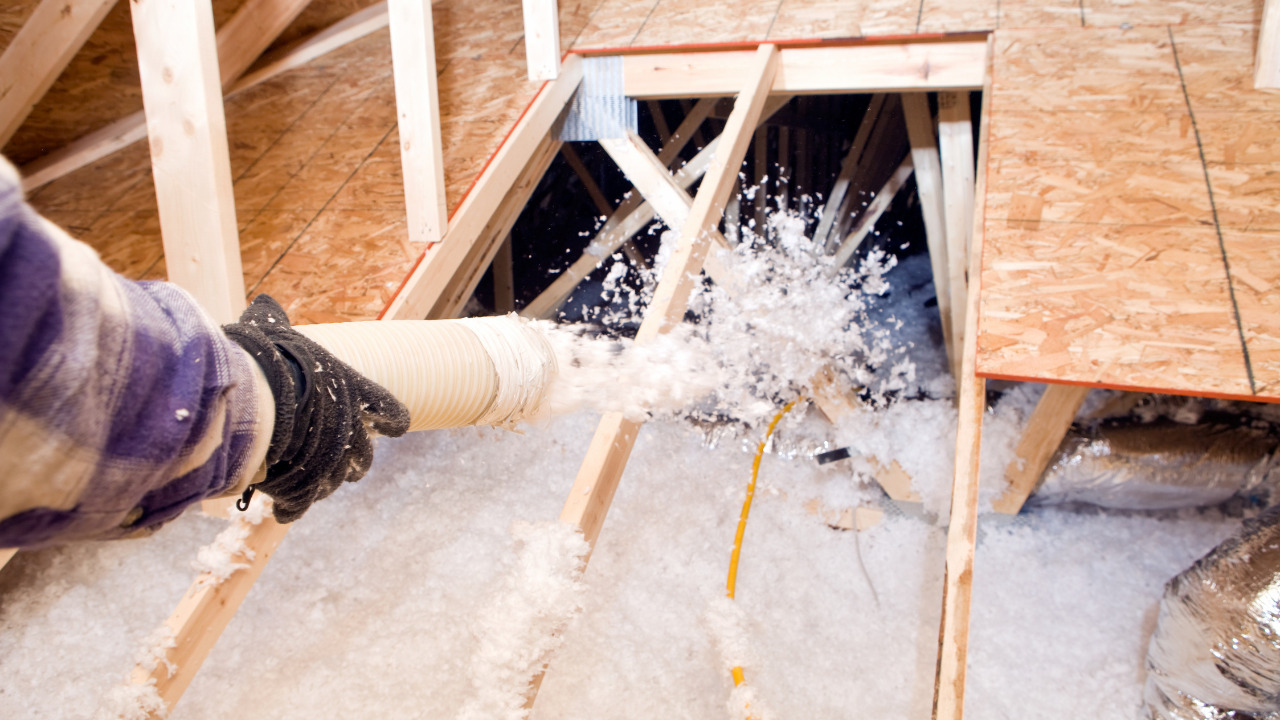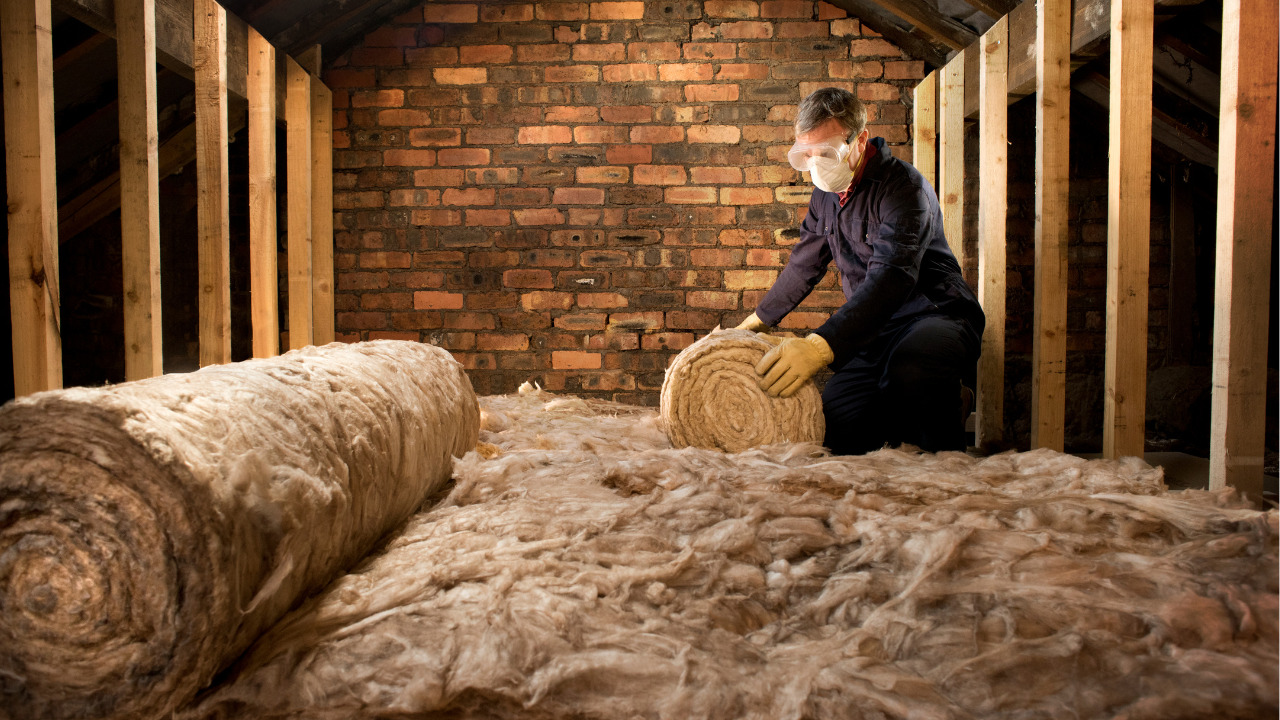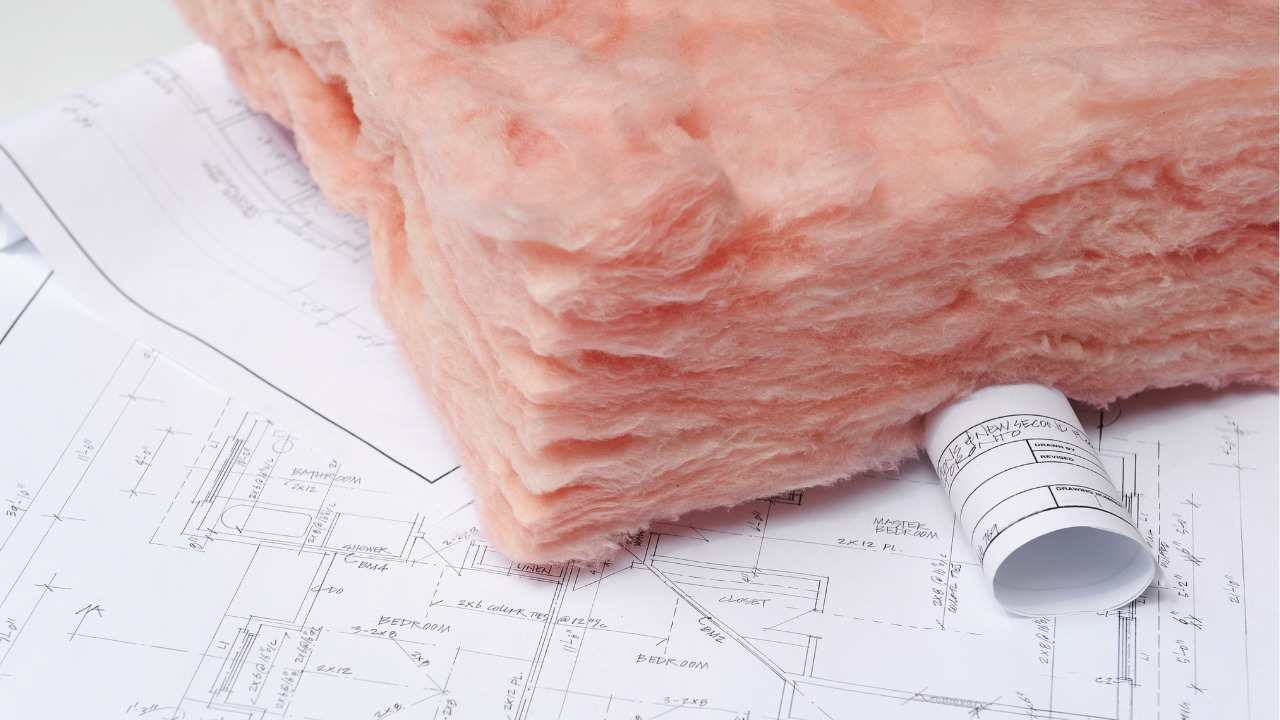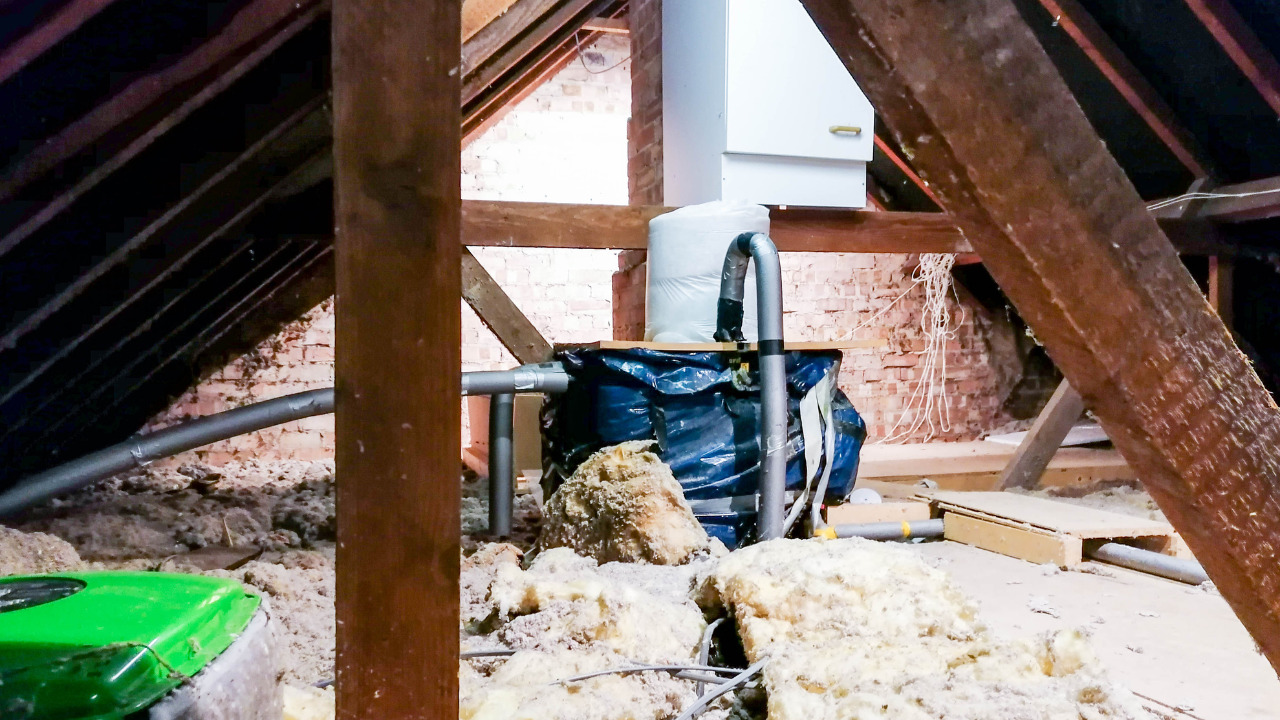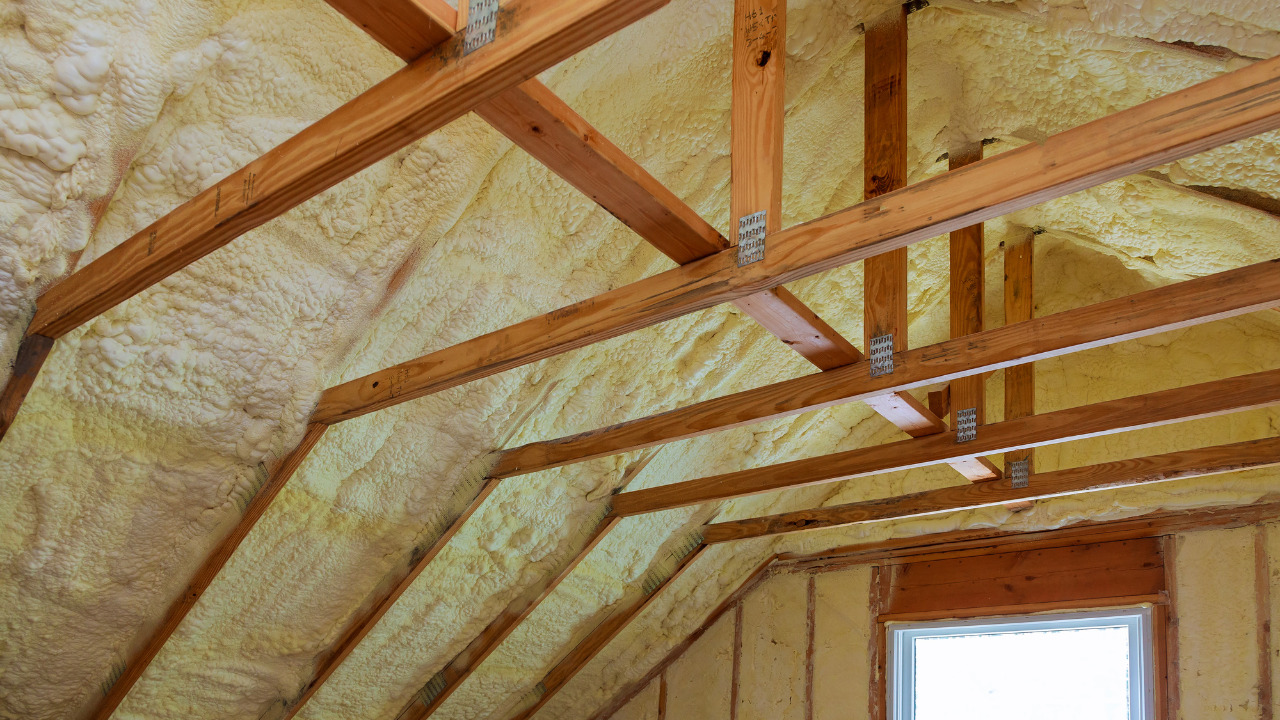Insulation in the attic is not uncommon. Blow-in insulations are becoming more popular despite the great demand for fiberglass batt insulation and rolls.
It’s due to a single factor: an increasing delta in the R-value. And, as a general rule, the greater the R-value, the better. While blown-in insulation is becoming more popular, a growing problem is on the horizon.
We all put insulation batting in our attics to keep the heat out and the house comfortable. The insulations can sometimes blow out, causing regular movement inside the attic. As a result, we’ll demonstrate how to go through an attic with blown insulation. This will be beneficial to you.
Table of Contents
A Blown Insulation: An Overview
Professionals drill a small hole in the outer wall and use a pump to force small particles of insulation into your home’s spaces. The same gadget may be used to push insulation into the thick layer of your attic.
These insulations help to boost energy efficiency by acting as a radiative barrier. These insulations must be kept undamaged and undamaged.
If you enter an attic with blown insulation, your protection will be compromised. Every move in the attic can cause critical materials to be displaced. In the cold, this can make you shiver.
Benefits Of Blown Insulation
Although blown-in insulation is the primary focus of today’s talk, it has several advantages that make it quite appealing. However, before going into the advantages, some background information is required.
For starters, cellulose blown-in insulation is the best attic insulation option. It’s made up of various woody materials, such as cardboard. They treat it with various resistant chemicals before applying it.
The rest of the procedure is quite fascinating. They begin by putting fully processed cellulose into bags. Then it’s dispersed around the attic’s surface with the help of a mechanical blower.
What Are The Drawbacks Of Blow Insulation?
There are certain drawbacks to using cellulose insulation. The issues it creates are difficult to overcome, even though the advantages are significant.
- It is difficult to dry. The inability of this insulation to dry quickly is one of its main issues. And if you live somewhere with cold, wet weather, that is a serious concern. Your difficulties will worsen the longer it takes for it to dry.
- You’ll be plagued with mold. Mold is an unavoidable problem with loose-fill insulation. You’ll probably hire a contractor to remove mold-filled tubs from the attic despite all the processing it goes through.
- It’s not a very appealing sight. Neither is the investment.
- The heat only poses a threat when it is encased in insulation around the canisters of light fixtures. In truth, blown-in insulation for homes can withstand a sizable amount of heat movement and air leakage.
When Do You Avoid Considering The Blown Insulation?
When fiberglass insulation is moved or disturbed, small particles are released into the atmosphere. If they come into contact with naked skin, they can clog pores and cause irritations. Coughing and respiratory difficulties can occur if they are breathed.
One of the main issues with this insulation is that it takes a long time to dry. And if you live in a cold, wet climate, this can be a major issue. The longer your troubles will dry, the worse they will become. With loose-fill insulation, mold is an unavoidable problem.
Despite the processing, you’ll almost certainly have to hire a professional to remove mold-filled tubs from the attic. The site isn’t appealing. The investment isn’t either.
Breathing Cellulose Can Make You sick
It’s nothing more than shredded paper with a few additives to treat the material and make it fire-resistant. Very fine fibers pose no risk of entering your respiratory system or causing long-term damage if breathed. Ammonium sulfate and boric acid are examples of fire-retardant compounds.
This insulation contains the largest percentage of recycled content of any insulating technology. As a result, it is without a doubt the most environmentally responsible option. By utilizing this product, you can reduce your carbon footprint.
The heat is only a hazard when the insulation is near light fixture canisters. In actuality, blown-in home insulation can withstand significant heat transfer and air leakage. Even so, the canisters can generate high to extreme temperatures. And this can be a source of anxiety.
Steps To Walk-In Attic With Blown Insulation
You must follow specific measures when walking inside an attic with blown insulation. These are important because blown insulation can occasionally obstruct your movement in the attic, resulting in injury.
You must first walk to the attic and carefully open the attic door. Then it would help if you thoroughly examined the attic’s current state. It’s important to pay attention to the insulations that are being used.
You must locate a quiet location with a board that may be easily used for standing. This board must be strong enough to support the person’s entire weight, and the insulation must not be compromised while you are in the attic.
After you have reached a stable position, you must exercise extreme caution in this scenario; the insulations must not be merged. You can begin walking after removing the insulations, and in this manner, you should arrive at the location where you wish to operate. After you finish working in your attic, rapidly replace the insulations and close the attic.
Safety Is The First Priority While Walking In Blown Insulation Attic
It doesn’t matter if you conduct the repair yourself or hire someone else; safety should always come first. Cables, wires, and pipes abound in most attics.
You may term it a dangerous no-land. So, before you attempt to work in an attic, learn the safety precautions. If you pay someone to do it, ensure the attic clarifies any potential hazards.
Wear Safety Gears
Before entering an attic, the typical attire is a long-sleeved shirt, gloves, and trousers. You will be shielded from irritation and insulation by these goods. To stop any nails or scrapes from poking through, you might want to wear a baseball cap or a hoodie. Most professionals and safety experts advise wearing a hard hat.
Don’t Touch Blown Insulation
The attic flooring will remain free of fibers, mold, dust, and grime thanks to the insulation. Even if you wear safety equipment, you shouldn’t disturb them because they will stick to your clothes and follow you into your living environment. You can’t, however, always remain vigilant.
Hence, use a hoover to clean yourself off. Vacuum yourself while placing a drop cloth under the hatch. Any debris you may have pushed through it should be carefully vacuumed. Vermiculite or tube insulation should be left alone. Investigate your options and get a professional to dispose of these things.
Frequently Asked Questions
What is the best way to walk around an attic with blown insulation?
The wide boards should span at least four joists when placed on top of the joists. Be cautious when adding weight close to their ends to prevent tipping them. To make a path, slid additional boards along. As you leave the attic, take the boards down.
Why don’t you interact with blown insulation directly?
Little particles are released into the air when fiberglass insulation is moved or disturbed. If they come into contact with naked skin, they may clog pores and irritate or itch the skin. If breathing, they may cause coughing and respiratory issues.
What is the average span for setting blown insulation?
The cellulose will continue to settle for up to two years after the initial few months when most of the settling will occur.
Final Verdict
Finally, installing loose-fill fiberglass insulation in your attic floor insulation can help you save money on cooling. This discussion on how to walk in an attic with blown insulation; approaches to solving the problem, on the other hand, may not be to everyone’s liking.
Hopefully, the described method will help you safely go through an attic with blown insulation. The procedure will direct you to your destination while also ensuring your safety.


